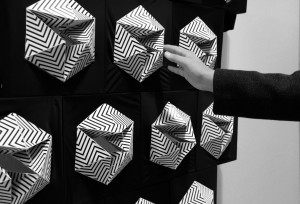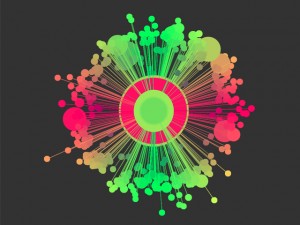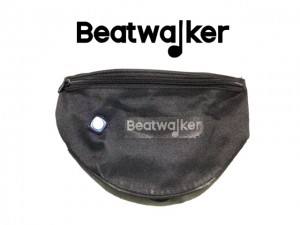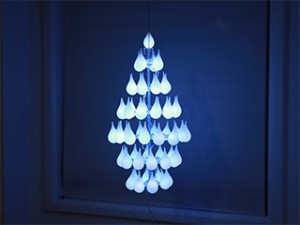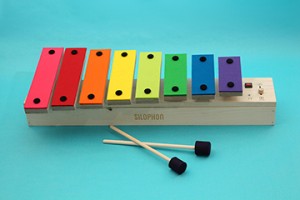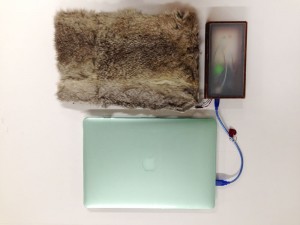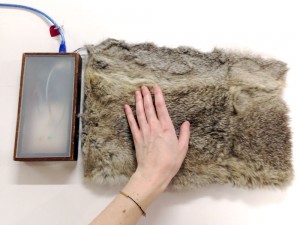Catherine Rehwinkel, Samuel Sadtler, Marc Abbey
Haptec. Feel your way around. Touchsense navigation to free your mind on your bike.
Description
Haptec Bike: an integrated multi-modal system for bicycle navigation which allows a cyclist to intuitively feel their orientation to magnetic North, or a destination-beacon, as well as a more traditional step-by-step Google Maps API mode to optimize bike journey safety, efficiency and freedom.
Our project addresses an increase in city bike usage and cyclist casualties in conjunction with a lack of bike-centric navigation. Current audio-visual feedback navigation solutions require cyclists to constantly disrupt their biking experience— forcing them to pull over at a critical junctions, glance away from traffic, or confuse hearing with audio commands. The inherent danger in every extant bike navigation system puts a cyclist at risk of being struck by motorists.
After speaking to serious cyclists about their city biking experiences we noticed three main areas of priority: navigation as pertaining to ride enjoyment, safety, and fitness. To address safety and navigation, we designed a system to be installed in bicycle handlebars which telegraph turn-by-turn map directions or provide constant beacon-type guidance making a user constantly aware of orientation to True North or with a user-defined Destination. As users begin their bicycle journey, pulses of vibration through the handlebars guide them safely to their destination allowing them to choice navigation modes prioritizing either route efficiency, or flexibility and safety.
User-interface consists of two vibration motors in each handlebar which signal right, left, and slight turns, as well as a 'straight-ahead' confirmation, supported by a module containing three complimentary LEDs— to speed the learning curve and provide a secondary indication. Another user-mode maps a magnetic compass sensor's orientation to True North with a vibration frequency range output through the handlebars. The inspiration for all three team members (Sam Sadtler, Marc Abi-Samra, Catherine Rehwinkel) is a desire to make human navigation an innate experience.
Classes
Introduction to Physical Computing


